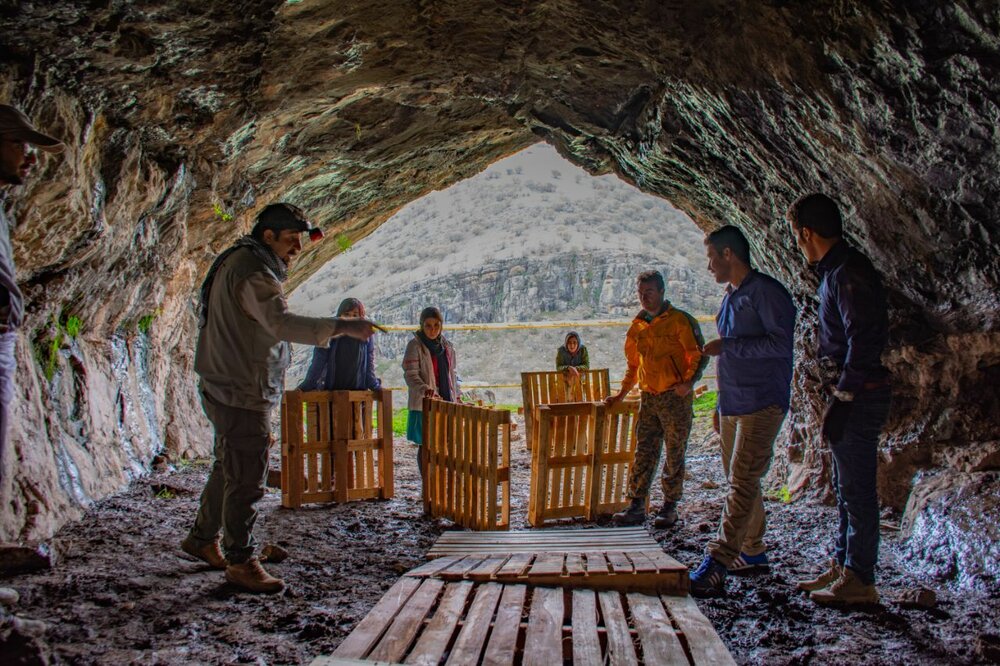Thousands-year-old vase to be unveiled in Ardebil

TEHRAN – On May 18, concurrent with the International Museum Day, a three-thousand-year-old silver vase, which was recently found in Iran’s Ardebil province, will be unveiled in museum exhibition, provincial tourism chief has said.
The object is on par with other silver vases that have so far been excavated in Hassanlu archaeological site, northwestern Iran, Nader Fallahi stated.
Hasanlu, which Iran endeavors to put it on the UNESCO World Heritage list, has yielded the famed Golden Bowl of Hasanlu, decorated silver bowls, iron garment pins headed by bronze lions, a knife handle with gold cloisonné, and two hollow bronze horse heads served to hold liquids, among others.
The Mannaeans lived in the territory of present-day northwestern Iran south of Lake Urmia, around the 10th to 7th centuries BC. At that time they were neighbors of the empires of Assyria and Urartu, as well as other small buffer states between the two, such as Musasir and Zikirta.
Excavations that began in 1956 succeeded in uncovering the fortified city of Hasanlu, once thought to be a potential Mannaean site. More recently, the site of Qalaichi (possibly ancient Izirtu/Zirta) has been linked to the Mannaeans based on a stela with this toponym found at the site.
AFM/MQ/MG
Leave a Comment